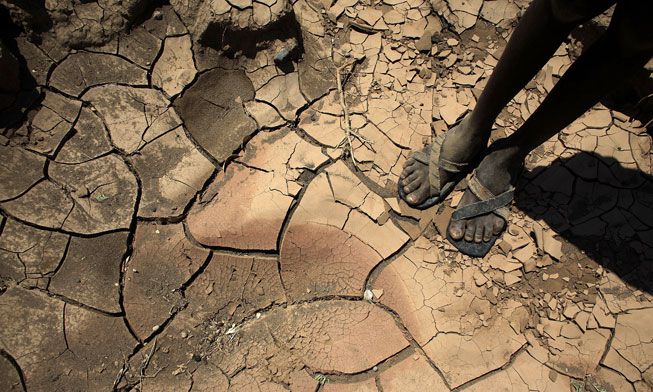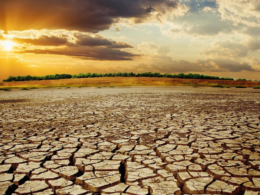By Hannah Thompson
Significant advancements in the human rights agenda have been made in Kenya with the introduction of the 2010 Constitution, which prioritized the inclusion of human rights protections; However, human rights organizations’ efforts to safeguard individual and vulnerable group rights have not been matched with efforts to safeguard environmental rights, that when violated, negatively affect human rights.
The Constitution incorporates environmental rights through Article 60, which provides for the right to a healthy environment, and Article 69, which guarantees State assurance of equitable benefits derived from the use of the environment; these inclusions have been applauded by the United Nations Department of Economic and Social Affairs (UN DESA) and the United Nations Development Programme (UNDP), despite criticism over the lack of an environmental pillar in Kenya’s 2030 Vision.
Human rights and environmental protections are integrally connected; organizations cannot transcend human rights abuses without also working to protect the environment, simply illustrated by an inability to access food, water, and housing because of land degradation and climate change. The United Nations Framework Convention on Climate Change (UNFCCC) defines climate change as “a change of climate that is attributed directly or indirectly to human activity that alters the composition of the global atmosphere and that is in addition to natural climate variability observed over comparable time periods.” Climate change has affected many regions of Kenya and has perpetuated many environmental abnormalities, including an increase in temperature, an increase in flooding during periodic rains, and longer periods of drought when rains were absent during the wet season.
Climate change has exacerbated Turkana people’s challenges in accessing reliable food sources, as well as increased competition over the already scarce livestock grazing land, creating a higher level of conflict and instability in the region. As climate change continues to become an increasing reality around the world, organizations working towards a full realization of human rights should begin to partner with conservationists and scientists working to preserve and protect the environment, less progress in human rights regresses due to unaddressed environmental protections.
Additionally, environmental rights are not limited to the aforementioned areas, as flora and fauna are crucial for healthy biodiversity and successful environmental flourish. Kenya has made great strides to preserve its wildlife and protected lands with the introduction of the Wildlife Conservation and Management Act (2013); however, protection for wildlife must also operate alongside plans to incorporate human rights protections.
While efforts are being made to combat the pervasive disappearance of wildlife populations throughout Kenya, efforts are congruently being implemented to limit human right infringements in regard to human-wildlife conflict. The Wildlife Conservation and Management Act (2013) stipulates that persons who have been injured, killed by, or have lost crops to certain wildlife species, including species crucial to economic revenue in the tourism sector, may seek compensation from the government. However, while such compensation is intended to support victims and their family members who suffer from loss of income or property, the government does not have enough funds to pay the adequate amount for each genuine claim; it revealed that the compensatory budget of Sh500 million per the 2018-2019 and 2019-2020 financial years will not meet the actual cost, which amounts to Sh10 billion.
One of the ways human rights organizations can assist in the advancement of environmental rights is through actions taken to strengthen the judicial sector. Because Article 259 requires the courts to act in a manner that promotes the values of the Constitution, the Kenyan
Human rights organizations must combine the fight for human rights with those of the environment in order to provide for greater longevity of work already completed in the socio-political sector, as well as to further advancements in the socio-economic sector of human rights. Human rights and environmental rights need to be considered together for the following reasons:
(1) Human rights guaranteed by the Constitution, such as access to adequate food and water supplies, will never be fully protected if environmental factors, such as drought caused by climate change, are never fully mitigated;
(2) Adverse effects of climate change have contributed to human rights violations across Kenya in the form of conflict over scarce resources and lack of access to basic human needs;
(3) the preservation of wildlife in Kenya is crucial to its economy and sense of identity, however, human-wildlife conflict continues to negatively impact the right to property, and has also led to an increase in injuries and death to both humans and wildlife; and,
(4) Human rights organizations have a duty to fully realize the potential advancing environmental rights has on furthering the human rights agenda.












